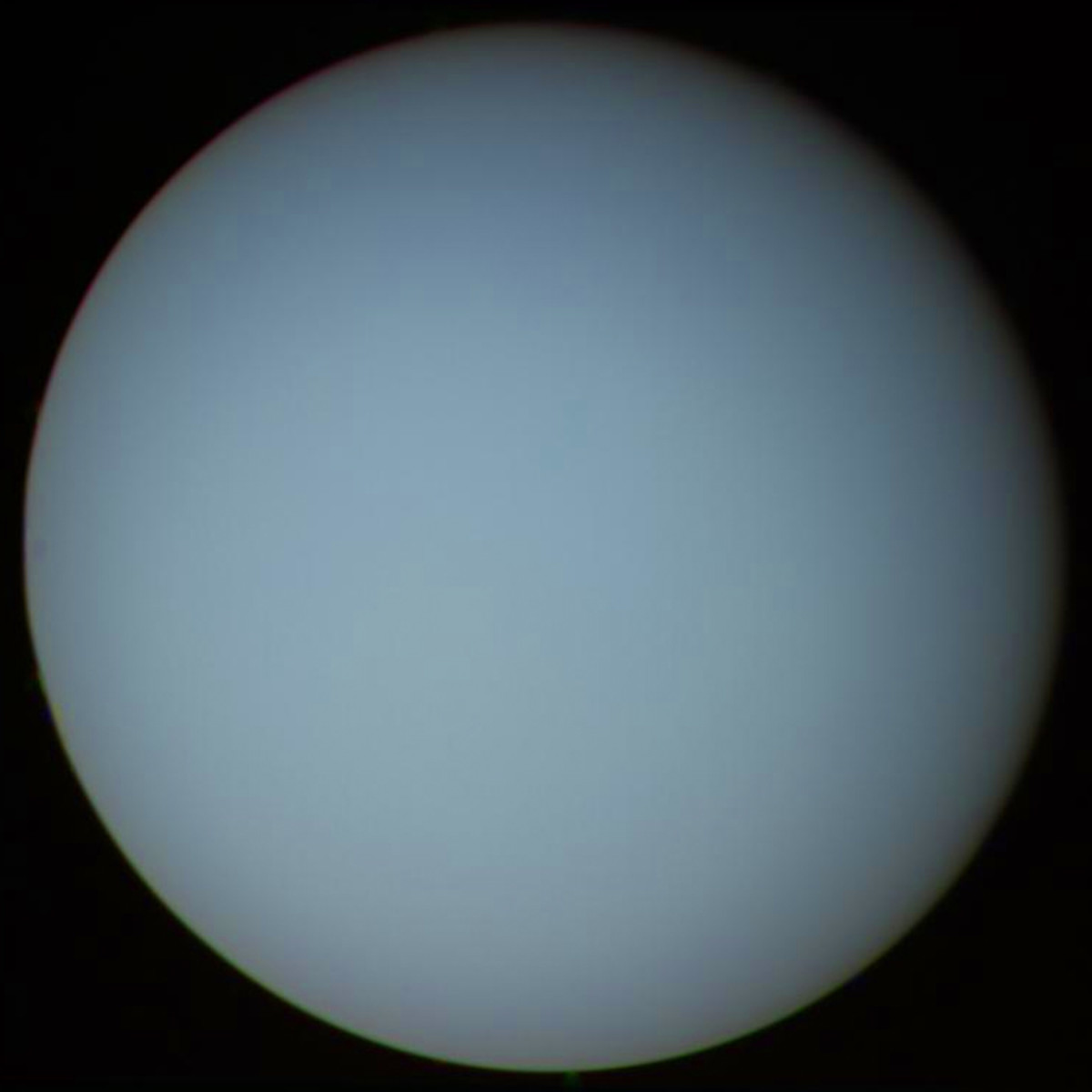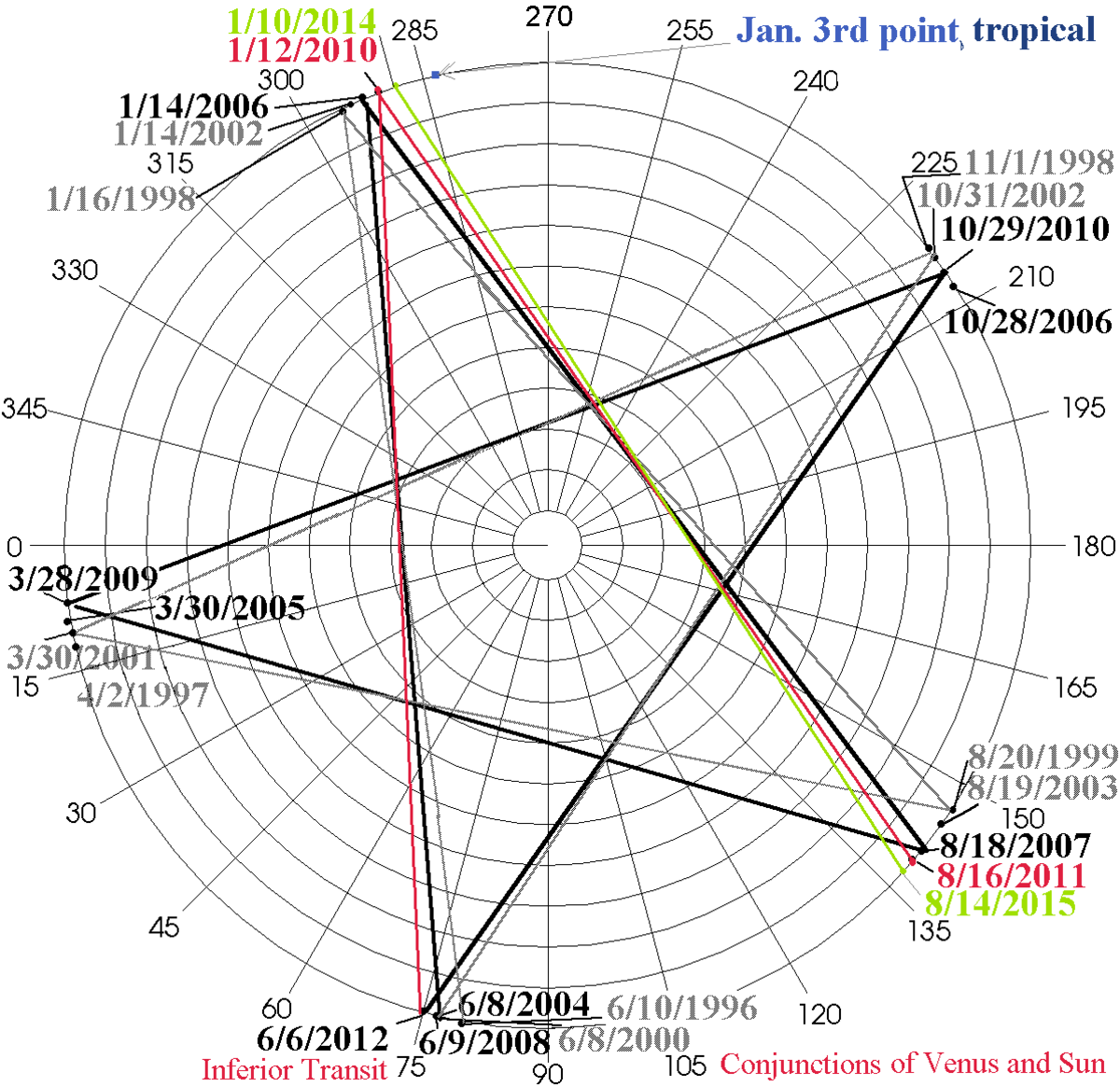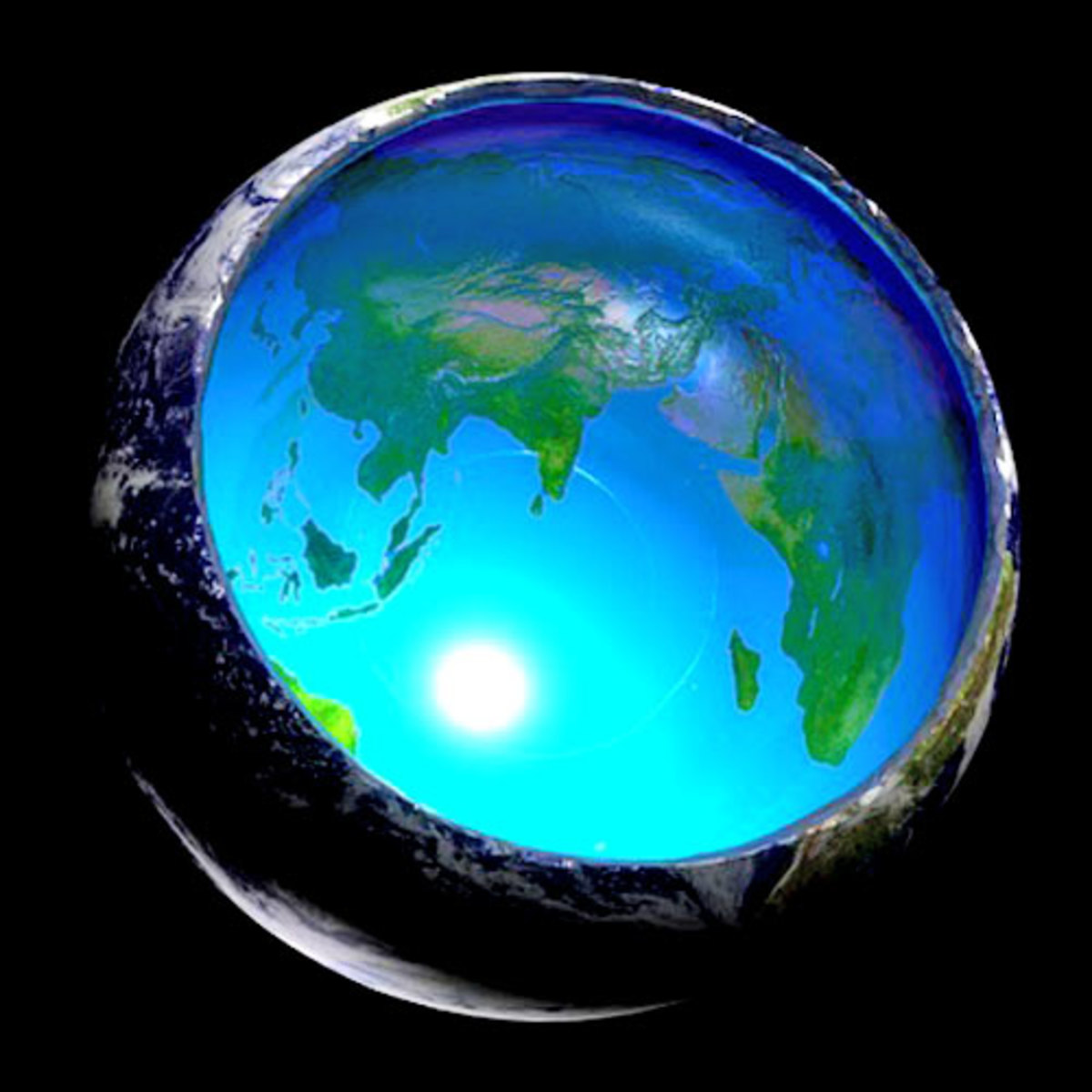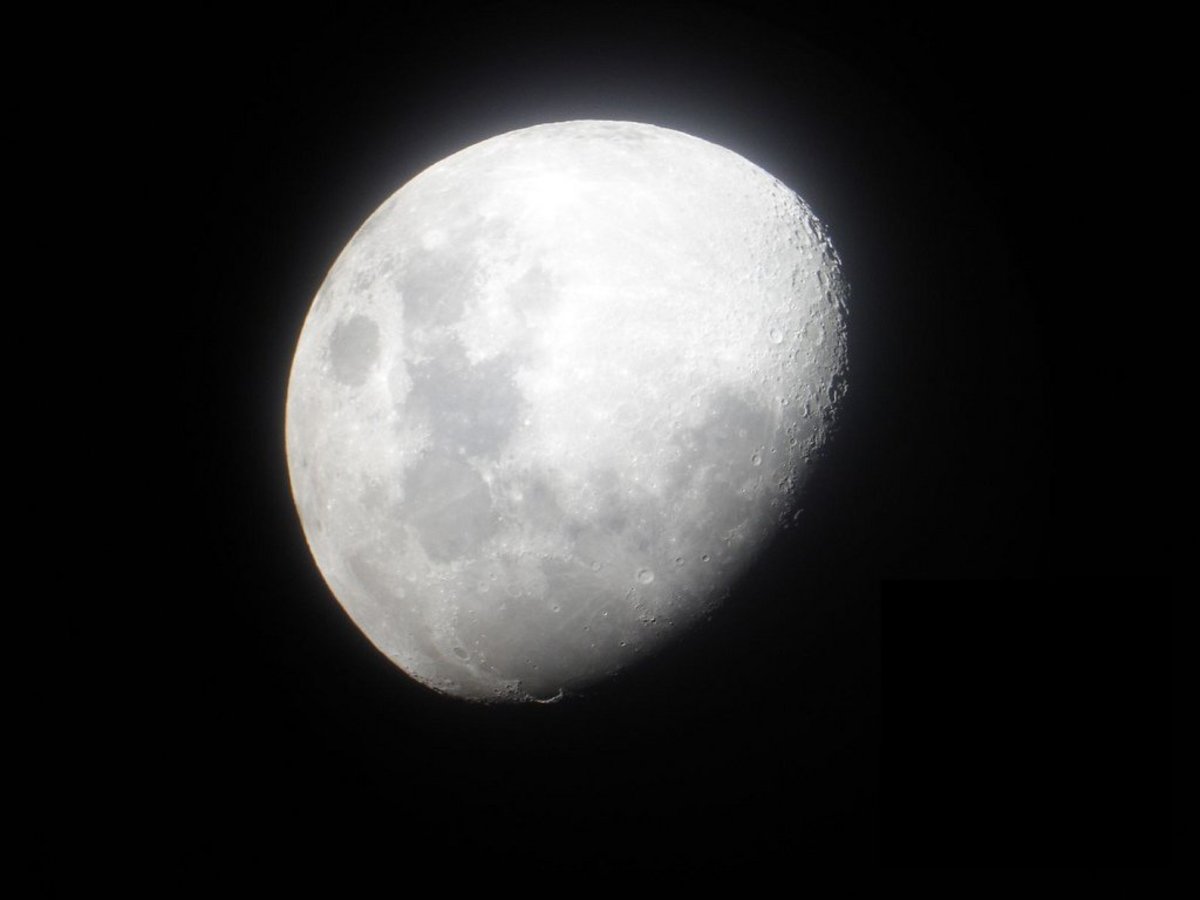Chiron and Other Transitional Solar System Bodies
Chiron-Uranus orbital relationship.
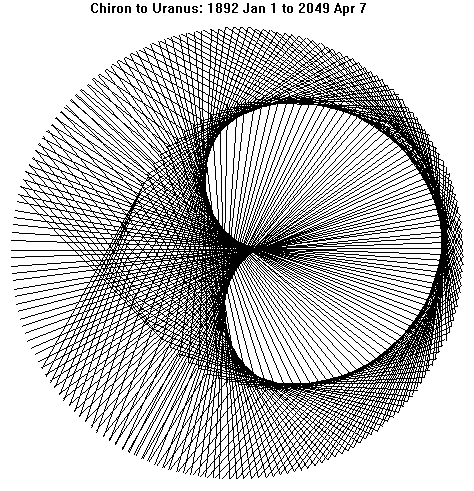
Worlds caught in Chaos and Orbital Change
Chiron was discovered in 1977 by C. Kowal. It is considered to be a large comet like structure due to its recent brightening and out gassing. Comets are thought to be made up of water, dry ice, methane and other volatiles laced with rock, dust, carbon and other debris. Chiron has a diameter of about 90 to 200 km depending on what source you read. In other words, it is a body that is bordering on the gravitational accretion phase of its life or is now in the gravitational accretion stage. While near Saturn's orbit in its 50.42 year cycle, it displays a coma, hence is considered a periodic comet today. While it is near Uranus' orbit, it displays little out gassing.
Chiron is a body in transition, due to orbital period phase locking with both Saturn and Uranus. Its orbital period is a close match to the 7:12 resonance with Saturn and the 5:3 resonance with Uranus. It is engaged in a slow, but chaotic exchange of angular momentum involving Saturn and Uranus over a 50.42 year cycle at present. Chiron spends some of this cycle inside the orbit of Saturn at perihelion, much as Pluto-Charon do inside Neptune's orbit at perihelion. In addition, Chiron accomplishes two orbital crossings of Saturn's orbit in each complete orbit. At aphelion, it approaches very close to the orbit of Uranus. This 50.42 year period of Chiron is not an exact discrete relation to either planetary resonance, but it is close enough, and the orbit is eccentric enough to allow for radical change caused by either a too close approach to Uranus or Saturn.
The 7:12 relation to Saturn gives an orbital period of 50.434 years in relation to Saturn and with the 5:3 resonance of Uranus, a 50.406 year period. The large comet is caught in a phase locking loop between Saturn when Chiron is in perihelion and near Uranus when Chiron is at aphelion. The orbital changing effects are greatest at the heliocentric perihelion conjunction with Saturn and the heliocentric aphelion conjunction with Uranus. Chiron has a high eccentricity of 0.381, making its orbit quite elliptical, clearly a body in transition. Of the two risky encounters, by far the most dangerous for Chiron, is the three possible scenarios with Saturn. There are the two orbit crossings and the perihelion passage of Chiron inside Saturn's orbit and when there is a heliocentric conjunction between Chiron and Saturn. Examining the 7:12 resonance of 50.434 years to Chiron's orbital period of 50.42 years tells us that three various events occur about every 2,100 years. These are the outward going orbital crossing, the inward going orbital crossing and the perihelion heliocentric conjunction. The most risky of the encounters is the outgoing orbital crossing of Chiron through Saturn's orbit. This is where it could be altered in its orbit significantly. The other encounter of risk is near the Aphelion and orbital node near Uranus that occurs once every 6,000 years. Either one of these approaches can alter Chiron's orbit significantly. Any one of a number of possibilities exists. Chiron could become captured as a moon of either Saturn or Uranus. It could be thrown out to the Kuiper belt by Uranus or sent into a more elliptical orbit, dropping the perihelion point well into the inner solar system. Of course, Saturn could be the active kick to Chiron in a similar scenario. It might also be deflected into the inner solar system, its orbit entirely inside Saturn's, to become the brightest known comet in the skies. Currently, chances of a close passage to either Saturn or Uranus are remote and shouldn't be of immediate concern to Earth. At some point in the future, it is possible that Chiron will approach very close to us on Earth. The chaotic conditions applied to its current orbit makes predictions beyond a few thousand years difficult.
Other transitional bodies exist and the most visible of these are the comets, which to our current knowledge, make up the major number of such bodies. Comets have a way of being very unpredictable due to out gassing near the sun. Chiron out gasses, but its size and distance from the sun limit the effect of this on deflecting the body. This out gassing causes comets to deflect from their orbits. The smaller the nucleus and more violent the jetting, the more radical the orbital changes and greater the difficulty in predicting their orbits become. For smaller comets, the out gassing can significantly alter an orbit in a single revolution around the sun. It it crosses planetary orbits, chances are increased for a comet to pass through a keyhole resonance and impact the next time around. Such an even has occurred with Jupiter when comet SL-9 passed through a keyhole orbital resonance and impacted in the following approach to Jupiter in 1994. Earth is due to have a visit by a very closely approaching asteroid called 1999 AN10 in 2027. It will come within 19,000 kilometres of the earth's surface. If that body passes through a keyhole orbital resonance then, the following pass by earth in 2035 should result in an impact. By then, we may be ready to deflect such a threat. If not, and it does pass through the resonance point in 2027, civilization as we know it will end in 2035. It is still too early to tell on this due to highly chaotic elements in the orbit. The chance of a hit is listed as one in ten million.





